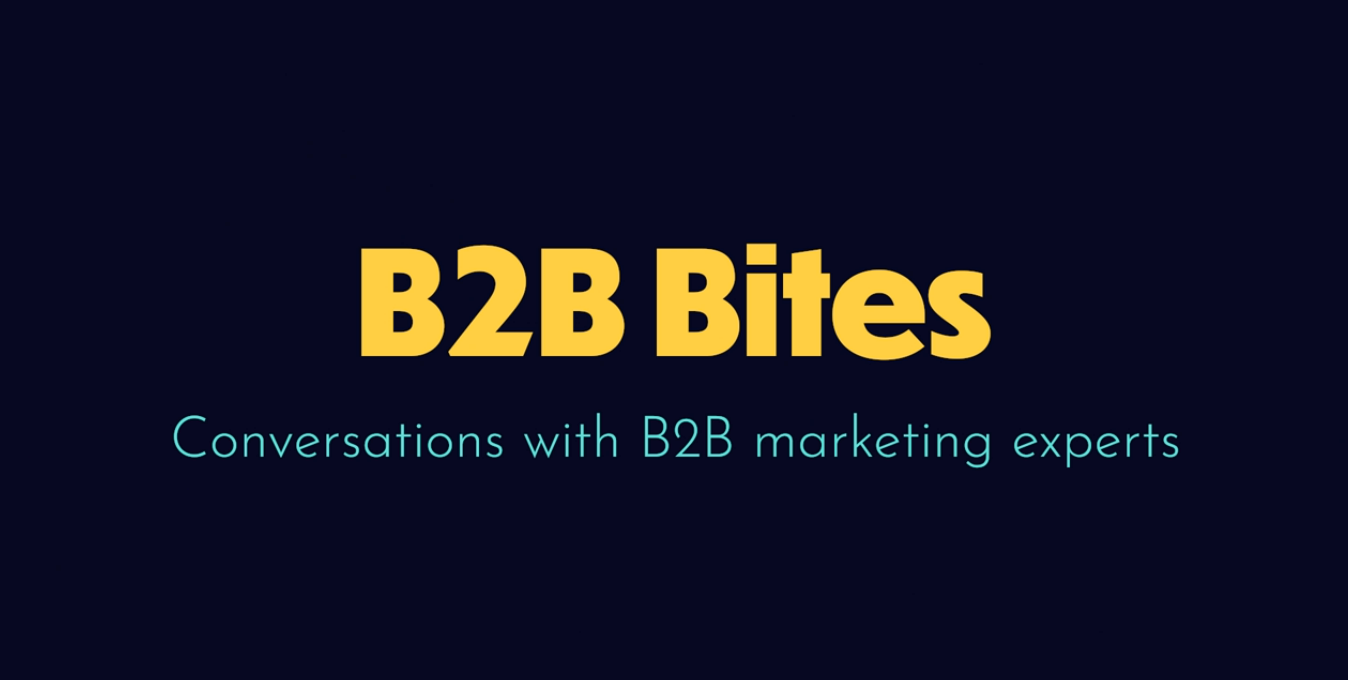Psst! Over here! If you’re looking for the best ways to convert your content marketing strategy into sales, you’ve come to the right place: here are our top tricks of the trade for turning B2B marketing into hard business results.
1. Don’t Mix Content Marketing with Advertising
Customers aren’t idiots, so don’t treat them that way. You won’t pull the wool over their eyes by offering a blog post that helps them solve a problem and then making that solution “buy my product”.
The second your insightful piece on, say, better recruitment methods turns into a blatant infomercial for your new HR screening app, they’ll glaze over and you’ll lose them. Especially in the early stages of your content marketing funnel, it isn’t about the hard sell: it’s about modelling your expertise. Asking you to solve their problem needs to be their idea, not yours. Focus on demonstrating how well you understand their needs and if you do a good enough job, they’ll make the move.
2. Choose Your Medium Before You Craft Your Message
A lot of companies make the simple mistake of creating content and then figuring out where to publish it. This is the wrong way around.
If you’ve done your research, you’ll have figured out where your target audience is getting their information, be it LinkedIn, Facebook, Slideshare or industry-specific B2B news sites for example. So there’s no need to make generic material: you can tailor your content precisely to ensure it fits perfectly with tone, feel and way people consume media on these platforms.
For example, content you create for YouTube and content you create for native Facebook video should be totally different. The latter will autoplay on silent in a person’s newsfeed, meaning that short, annotated/subtitled teaser clips that link out to your website or your full video will work best. Think about what feels natural for the person interacting with your content in that context if you want them to follow the trail of breadcrumbs to making a purchase.
3. Align Your Topic With Your Business Goals
For every piece of content, establish why you’re making it and what you want your audience to do next. Only create content that a) fulfils a specific need for your ideal customer, b) allows you to demonstrate your expertise in the field, and c) gives you an opportunity to guide that person to the next step in the journey towards making a sale. You’ll need to map the complete customer journey before you start, figuring out exactly what role each piece of content plays in your B2B marketing strategy.
4. Aim for Commitment, Not A One-Night Stand
Marketing is a slow seduction, not a cheesy chat-up line. Don’t take things too fast. Picture each piece of content like a date: you’ve bought them drinks, you’ve bought them dinner, you’ve got to know them a little bit better… at what point does it feel right to ask them to go steady?
In the early stages, your interactions are about being helpful and friendly, showing yourself in your best light, opening the door to building a relationship, but not asking for any kind of commitment. If you push for an answer too quickly, you’ll send them running for the hills. Play it cool and you’re far more likely to keep them interested.
5. Model Your Solution with Case Studies
Case studies allow your customers to do the talking. Instead of simply telling prospects how great you are, you have clients in a similar position explain what their problem was and how you solved it together. In-depth case studies are something to save for the later stages of the customer journey, but when it comes to converting content marketing into sales, they’re a highly effective tool.
6. Make Your Call-to-Action More Specific As You Move through the Content Marketing Funnel
The further along the content marketing funnel, the more time you’ve had to build trust, to show you’re offering real value, to demonstrate that you’re unlikely to bombard them with pushy advertising or irrelevant content. That means you can start asking for more back, too. You can move from “Follow us on Twitter” to capturing their email address in return for content. You can move from signing up for your newsletter to trialling your new product. You can go from offering freebies to suggesting they buy your product for real. Play the long game – but remember that, at some point, you need to ask them to bite.
For more great tips to get your B2B Marketing campaign off to a flying start, download The B2B Content Creation Masterclass below.









